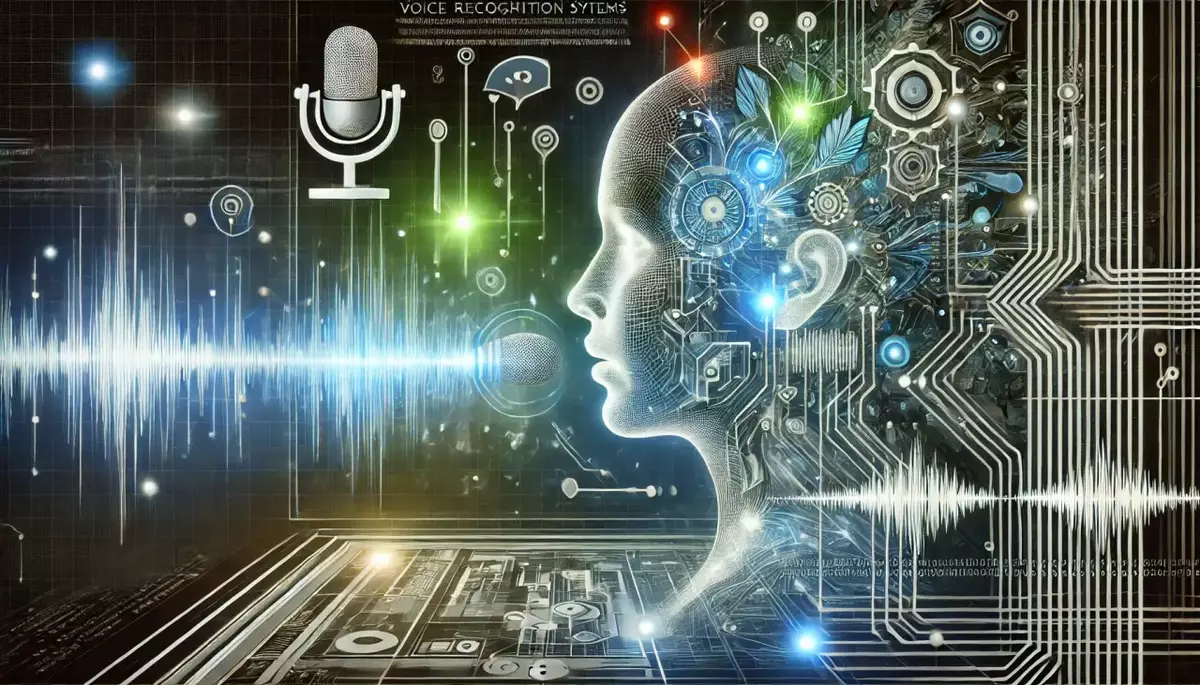Introduction
Virtual assistants, also known as intelligent personal assistants, are software applications designed to assist users with a variety of tasks by understanding natural language and responding accordingly. These AI-powered tools have become increasingly prevalent in our daily lives, revolutionizing the way we interact with technology and access information.
What are Virtual Assistants?
Virtual assistants are computer programs that use natural language processing and machine learning algorithms to interpret user input, whether it’s spoken or written, and provide relevant responses or perform specific actions. They are designed to be intuitive, conversational, and capable of handling a wide range of tasks, from setting reminders and scheduling appointments to answering questions and controlling smart home devices.
Key Characteristics of Virtual Assistants:
- Natural Language Understanding: Virtual assistants can comprehend and respond to human language, including context and nuance.
- Task Automation: They can automate various tasks, such as setting alarms, managing to-do lists, and making online purchases.
- Personalization: Virtual assistants can learn user preferences and tailor their responses and recommendations accordingly.
- Multimodal Interaction: They can interact with users through various channels, including voice, text, and visual interfaces.
How Do Virtual Assistants Work?
Virtual assistants rely on a combination of natural language processing, machine learning, and cloud-based computing to understand user input and provide relevant responses or perform requested actions.
The Process of Virtual Assistant Interaction:
- Receive User Input: The virtual assistant listens or reads the user’s request, whether it’s spoken or written.
- Interpret User Intent: The assistant uses natural language processing to understand the user’s intent and the context of the request.
- Access Relevant Data: The assistant retrieves information, such as user preferences, schedules, or external data sources, to formulate a response.
- Generate a Response: The assistant uses machine learning algorithms to generate a relevant and contextual response or perform the requested action.
- Deliver the Response: The assistant presents the response to the user, either through voice, text, or a combination of both.
Example of a Virtual Assistant Interaction:
- User: “Alexa, what’s the weather forecast for today?”
- Alexa: “According to the latest weather report, it will be mostly sunny with a high of 75 degrees Fahrenheit and a low of 60 degrees Fahrenheit today.”
Applications of Virtual Assistants
Virtual assistants have a wide range of applications and are used in various domains:
Personal Productivity:
- Task Management: Scheduling appointments, setting reminders, and managing to-do lists.
- Information Access: Answering questions, providing recommendations, and retrieving data.
- Home Automation: Controlling smart home devices, such as lights, thermostats, and appliances.
Business and Enterprise:
- Customer Service: Providing automated support, answering common questions, and routing complex inquiries to human agents.
- Workflow Automation: Streamlining business processes, such as scheduling meetings and generating reports.
- Employee Assistance: Helping with task management, research, and information retrieval for employees.
Healthcare:
- Patient Support: Providing health information, scheduling appointments, and monitoring medication adherence.
- Remote Care: Enabling virtual consultations and remote patient monitoring.
- Accessibility: Assisting individuals with disabilities by providing voice-controlled interfaces and accessibility features.
Challenges and Limitations of Virtual Assistants
While virtual assistants offer numerous benefits, they also face some challenges and limitations:
- Privacy and Security Concerns: The collection and storage of user data by virtual assistants raise privacy and security concerns.
- Accuracy and Reliability: Virtual assistants may sometimes provide inaccurate or unreliable information, especially for complex queries or rapidly changing data.
- Language and Cultural Barriers: Virtual assistants may struggle with understanding regional dialects, accents, or cultural nuances in certain contexts.
- Ethical Considerations: The increasing use of virtual assistants raises ethical questions about the impact on human-to-human interaction, job displacement, and the potential for misuse.
Future Trends in Virtual Assistants
The field of virtual assistants is rapidly evolving, and several emerging trends and advancements are shaping its future:
- Multimodal Interaction: Virtual assistants are becoming more adept at understanding and responding to various input modalities, such as voice, text, and gestures.
- Contextual Awareness: Virtual assistants are becoming better at understanding the user’s context, preferences, and behavior to provide more personalized and relevant assistance.
- Conversational AI: Advancements in natural language processing and dialogue management are enabling virtual assistants to engage in more natural, human-like conversations.
- Specialized Assistants: Virtual assistants are being developed for specific domains, such as healthcare, finance, and education, to provide more specialized and tailored support.
- Ethical AI: Increased focus on developing virtual assistants that adhere to ethical principles, such as transparency, fairness, and accountability.
Conclusion
Virtual assistants have become an integral part of our daily lives, transforming the way we interact with technology and access information. As these AI-powered tools continue to evolve, they will play an increasingly important role in personal productivity, business operations, and various other domains. Understanding the capabilities, limitations, and future trends of virtual assistants is crucial for individuals and organizations to effectively leverage this transformative technology.
This knowledge base article is provided by Fabled Sky Research, a company dedicated to exploring and disseminating information on cutting-edge technologies. For more information, please visit our website at https://fabledsky.com/.
References
- Chung, Hyunji, et al. “Alexa, Can I Trust You?” IEEE Computer, vol. 52, no. 12, 2019, pp. 57–61.
- Følstad, Asbjørn, and Petter Bae Brandtzæg. “Chatbots and the New World of HCI.” interactions, vol. 24, no. 4, 2017, pp. 38–42.
- Maedche, Alexander, et al. “AI-Based Digital Assistants.” Business & Information Systems Engineering, vol. 61, no. 4, 2019, pp. 535–544.
- Moussalli, Rania, and Walid Aref. “Intelligent Assistants, Chatbots, and Cognitive Interfaces.” Proceedings of the 2018 IEEE/ACM International Conference on Advances in Social Networks Analysis and Mining, 2018, pp. 1166–1169.
- Sciuto, Alex, et al. “Hey Alexa, What’s Up? A Mixed-Methods Study of In-Home Conversational Agent Usage.” Proceedings of the 2018 Designing Interactive Systems Conference, 2018, pp. 857–868.


























